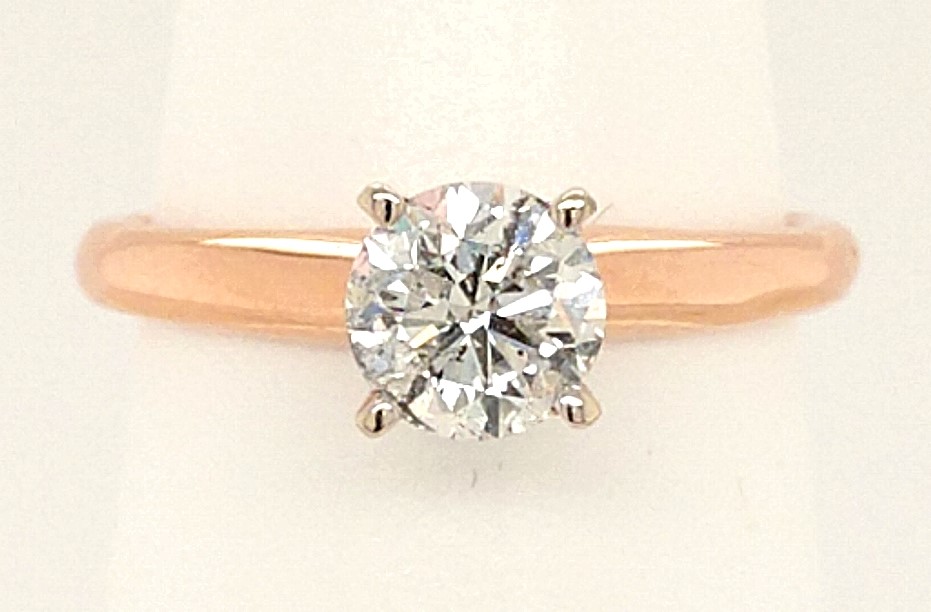Diamonds and Laboratory-Grown Diamonds
Diamonds vs. Laboratory-Grown Diamonds
Can you tell the difference between them?
The difference between a laboratory-grown diamond and natural diamond can be determined using verification instruments. Laboratory-grown are produced in weeks, so they have specific growth-related patterns that can be detected.
Diamond Creation
Natural diamond formation took place millions of years ago under high pressure and heat and the diamonds came toward the surface in limited areas through volcanic activity.
The process to make laboratory-grown diamonds requires the generation of temperatures close to 20% of the temperature of the Sun’s surface. It begins with a small piece of natural diamond. Most laboratory-grown manufacturing occurs in China and India.
Diamond Values
In 2016, a 1.5 carat laboratory-grown diamond cost $10,600 and in early 2023, it decreased to $2,445. From 2016 to 2022, the price of a 1.5 carat laboratory-grown has decreased by over 75% in some diamonds.
Natural diamond prices have also fluctuated. Over the last 25 years, they have appreciated in price by approximately 3% on average each year.
Diamond Grading
The terms used in reports for laboratory-grown diamonds for color and clarity are different. Instead of the D to Z color grades used for natural diamonds, broader category terms are used: Colorless, Near-Colorless, Faint, Very Light and Light. The natural diamond reports have abbreviated clarity grades from If to I3, while lab-grown again use broader terms, such as, Very Slightly Included and Slightly Included.
Natural Diamonds
Under the Kimberley Process mandated by the United Nations and the World Trade Organization, the rough diamond trade is strictly regulated to ensure it is conflict-free. The natural diamond industry is accelerating its traceability initiatives and using technology to bring transparency to its supply chains.
Global natural diamond recovery peaked in 2005 and has decreased by over 30% in the last 16 years.
The diamond industry protects the biodiversity of an area 4 times larger in size than the land they use. It supports the livelihoods of 10 million people. Up to 80% of the rough diamond value can remain with local communities (local purchasing, employment benefits, social programs, infrastructure investment, and taxes).
Lab Diamonds
Any organization selling a laboratory-grown diamond is legally required to disclose it is man-made.
Categories
- Bracelets (103)
- Bridal Jewelry (280)
- Chains (430)
- Charms (281)
- Collectibles (23)
- Custom Jewelry (11)
- Earrings (378)
- Estate Jewelry (281)
- Estate Watches (121)
- Figurines (14)
- Loose Gemstones (71)
- Necklaces & Pendants (669)
- Other (121)
- Pin (17)
- Rings (532)
- Vintage Watches (45)
- Watch Bands (515)
- Watches (168)
Featured Brands
- Ania Haie 146
- Bassali 19
- Bertucci 18
- Charles Hubert 2
- Obaku 22
- Quality Gold, Inc. 221
- Shefi Diamonds 21
- Speidel 112
- Stuller 406
Jewelry Insurance

Your jewelry is more than metal and stone. It’s personal.
While sentimental value is irreplaceable, an engagement ring insurance policy through Jewelers Mutual Group covers the cost of having the item repaired or replaced. Engagement ring insurance provides an extra level of care for some of your most cherished possessions.
If the worst happens and you need to submit a claim, you are taken care of by experts who understand jewelry.
Parkville Jewelers has partnered with Zillion so you can protect your jewelry with exclusive customer benefits.
- Additional savings on Zillion Insurance
- No forms, 1-Click protection
- No upfront payment
- Fast & easy claims process through Parkville Jewelers
Zillion specializes in jewelry insurance and provides worldwide coverage against loss, theft, accidental damage, and disappearance - more comprehensive than most renter's and homeowner's insurance policies. Satisfaction Guaranteed - cancel anytime for a prorated refund. Get your jewelry insurance quote from Zillion today!
Starting as low as ~$2/mo. (billed annually)
Jeweler is not a licensed agent and not qualified or authorized to discuss or advise you on insurance coverage. Questions regarding this insurance program should be directed to Zillion Insurance Services. Coverage and pricing is subject to underwriting approval and policy terms and conditions.





